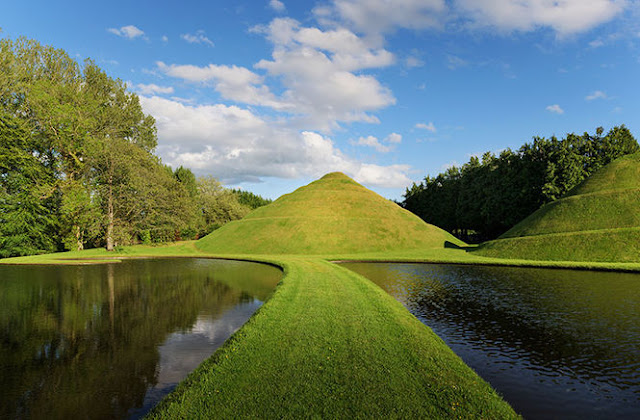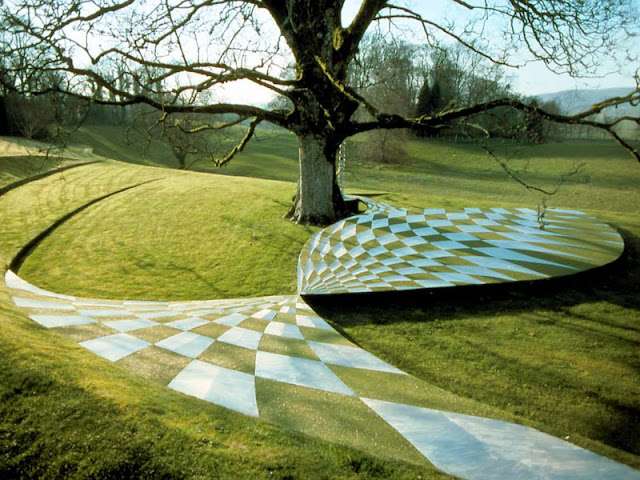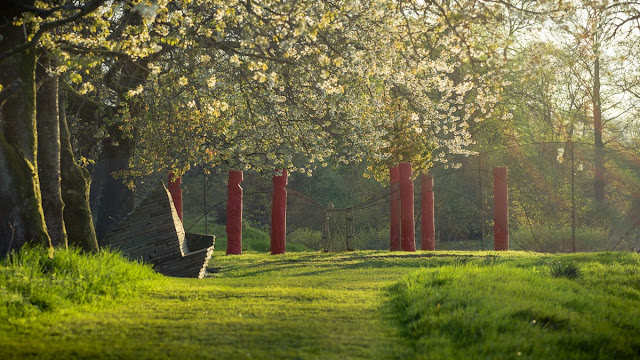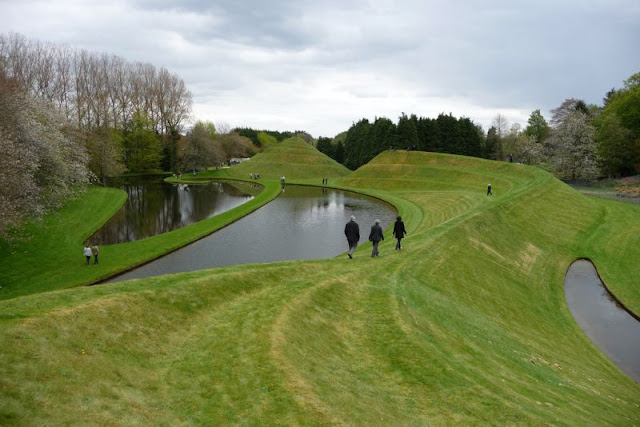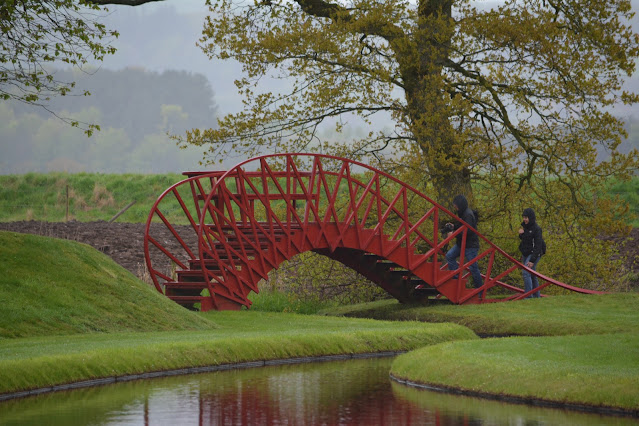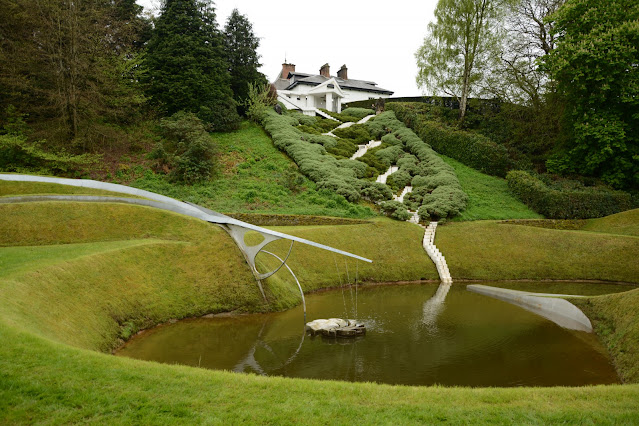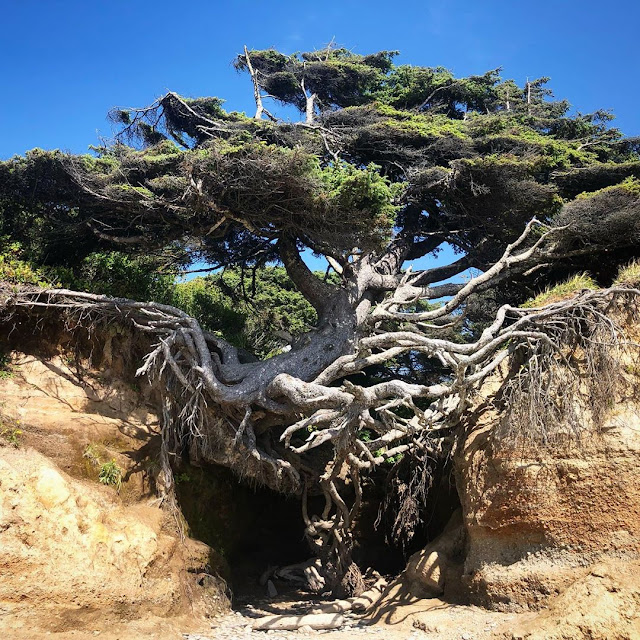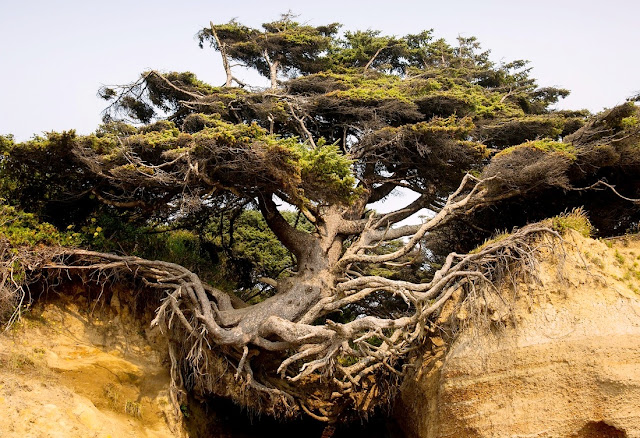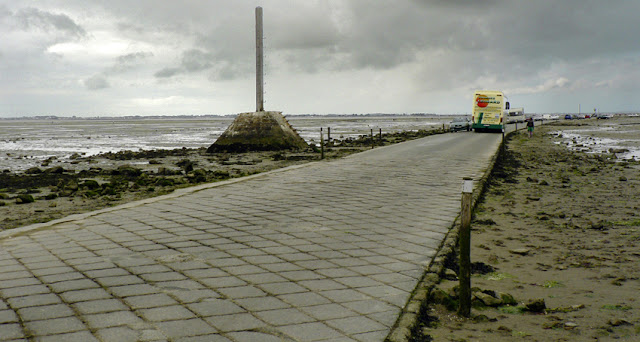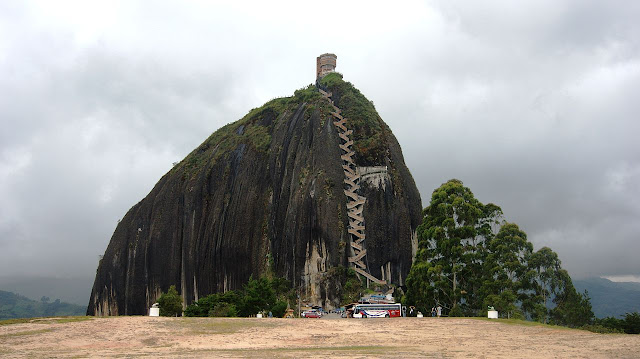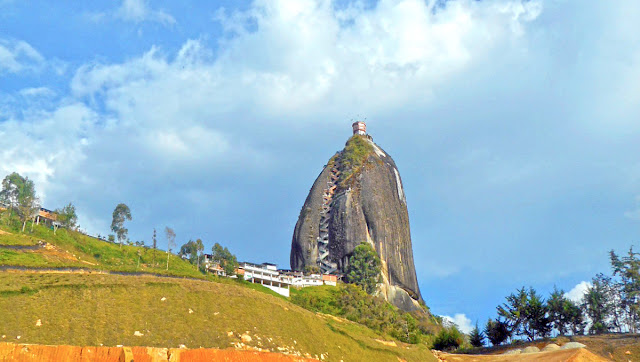Just imagine in your dream, an island is with just enough room for a home, a beautiful greenish tree, and A pair of bench chairs for the owners to lounge in the absorbing sun. Your dream is perfectly matched with the Just Room Enough Island, located at the Canadian-US border on the St. Lawrence River between Heart Island and Imperial Isle, of Ontario.
A breathtaking private-owned island is with literally just room enough for its owner’s domestic pleasure. This is the smallest inhabited island, which appears to be around 3,300 square feet. In order to be considered an island in the region, the acquired land must be bigger than one square foot. And it must remain above the water level all year-round and must uphold at least one tree.
Therefore, Just Room Enough Island meets such criteria, but really it’s more house than an island. If Just Room Enough were a few inches smaller, then the area couldn’t be called an island officially. It seems that someone actually thought, that testing how much room the tiny island had was an unbelievable idea in hopes to get some peace and quiet.
That’s exactly why, in the 1950s, a Sizeland family bought the vacation lodge and named it Just Room Enough Island. The Sizeland family built a house on the tiny speck of land placing the walls right up to the edges of the island, construct a house that was just big enough to fit and giving the island its idiosyncratic name.
At that time, Sizelands family didn’t expect that this tiny Just Room Enough Island would rapidly become a popular tourist attraction because of its peculiarity. The Island is part of the thousand Islands in the St. Lawrence River. However, it is the smallest of the 1,864 islands in the well-known archipelago shared by the cities of Ontario and New York.
Previously The Bishop Rock, just off the Isles of Scilly, which Guinness Book of World Records once named the world's smallest inhabited island. The tiny Just Room Enough now takes that crown. Just Room Enough Island also called Hub Island, counts as a legitimate part of the Thousand Islands because it satisfies these state-given criteria:
1. Above water level year-round
2. Have an area greater than 1 square foot
3. Support at least one living tree
Many tourists travel in search of a serene and quiet place, where there is no traffic noise, no annoying neighbors, and no disturbing noises at night, no hustle and bustle of city life. Hence, Island soon attracted hordes of holidaymakers and tourists who broke their placid solitude. The Just Enough Room Island belongs to Alexandria Bay, a village part of the town of Alexandria, Jefferson County, New York.
Read More – The Tree of Life Kalaloch, Washington
Product You May Interested
- Crush Food Cravings with Odd Water Hack and Melt 62lbs
- Flavor Pairing Ritual Supercharges Women’s Metabolisms
- Unlock your Hip Flexors, Gives you More Strength, Better Health, and All-Day Energy.
- 60 Seconds of Habit! That Reversed Type 2 Diabetes and Melted 56 lbs of Fat
- Boost Your Energy, Immune System, Sexual Function, Strength & Athletic Performance
- Longest Living Doctors Unlocks Fastest Way to Burn Fat
- Perfect Paleo Powder – The Easiest Way You Can Get the Protein & Critical Nutrients Your Body Needs
- Lose weight, burn fat, boost metabolism and immunity, Fight inflammation & Increase your energy with this one ridiculously simple thing.
- The Industry’s First Metabolism Fueling System That Heightens Thermogenesis Even While You Sleep.








